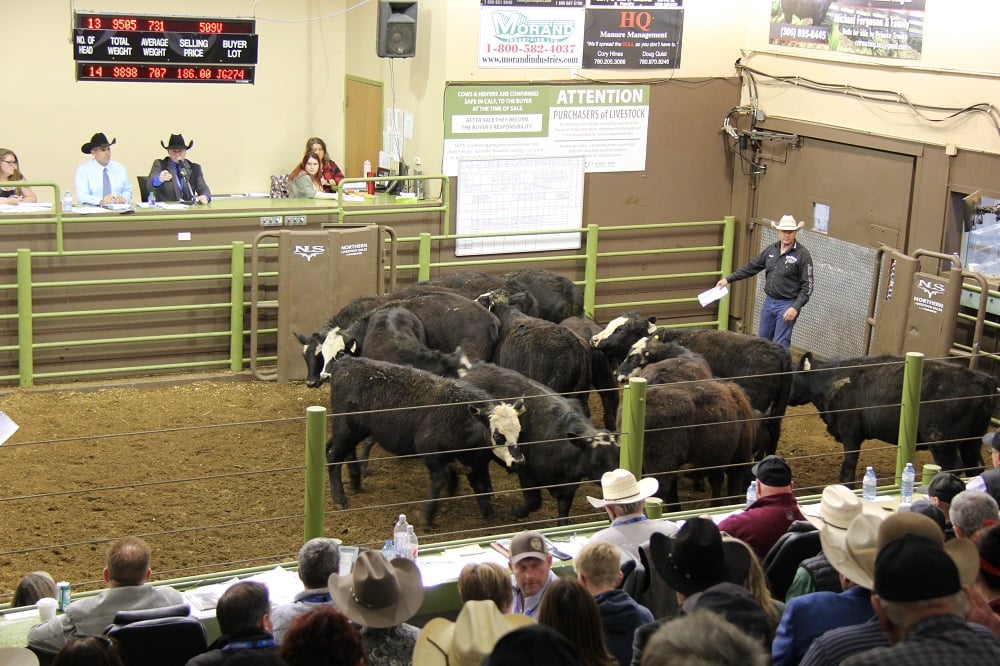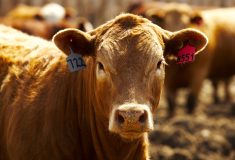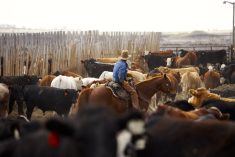Canadian feeder cattle prices have been percolating higher. Yearlings and calves are trading at levels not seen since 2014 and 2015. The USDA released their July 1, 2022 Cattle Inventory Report on July 23 which showed that the U.S. cattle herd continued to contract in the first half of 2022. Expectations are for a total U.S. calf crop of 34.6 million head this year, down 485,000 head from the 2021 calf output of 35.1 million head. The U.S. cow slaughter continues to run above year-ago levels and there is no signal of heifer retention.
I’ve received many inquiries from feedlot operators and cow-calf producers about the feeder cattle price outlook for the fall period. I believe the feeder market moves through a transition stage from contraction to expansion. The function of the feeder market will be to encourage production this fall. Prices need to move high enough so that U.S. and Canadian producers start to rebuild the herds.
First, it’s important to note that the U.S. beef cow slaughter is expected to reach 3.8 million head this year. This will be the highest cow slaughter since 2011. After 2011, the beef cow slaughter started to decline each year and reached a low of 2.3 million head in 2015.
Read Also

Cattle Market Summary
Break-evens, cow and calf prices, plus market summaries courtesy of Canfax and Beef Farmers of Ontario. Cost of Production May…
The USDA’s Cattle Inventory Report confirmed that the U.S. cattle herd continued contracting in the first half of 2022. The number of beef cows that have calved as of July 1, 2022, sat at 30.4 million head, down 750,000 head from the July 1, 2021 number of 31.1 million head. This number was lower than expected. Heifers for beef cow replacement as of July 1 came in at 4.2 million head, down 150,000 head from 12 months earlier. The industry is experiencing a historically high beef cow slaughter while heifer retention is not significant enough to maintain the current herd size.

The 2022 U.S. calf crop is expected to be down 485,000 from the 2021 output; however, given the cow slaughter and the number of cows that have calved in the first half of the year, I wouldn’t be surprised if the final number for the calf crop came in at 34.3 million head. This would be down 785,000 head from the 2021 calf crop of 35.1 million head. Remember, the July 1, 2022 numbers are estimates and this survey has a history of a high margin of error.
Lower calf crops result in lower feedlot placements which result in lower beef production. The USDA is projecting U.S. 2023 first-quarter beef production to come in at 6.5 billion pounds, down 522 million pounds from the first quarter of 2022. More importantly, second-quarter beef output for 2023 is expected to drop to 6.4 billion pounds, down a whopping 715 million pounds from the second quarter of 2023. This year-over-year decline in U.S. beef production will cause Canadian-fed cattle prices to reach historical highs in the second quarter of 2023.
If live cattle prices are expected to reach these historical highs, feeder cattle prices will reach historical highs in the fall of 2022. This will cause cow-calf producers in Canada and the U.S. to move into expansionary procedures. The cow slaughter will decline in 2023. More importantly, I expect aggressive heifer retention from cow-calf producers on both sides of the border. Between the year-over-year decline in the calf crop and heifer retention, feeder cattle supplies in the U.S. could be down over one million head this fall.
The cattle market is in a unique situation. Fed cattle supplies move from an excess fundamental environment in the third quarter of 2022 to a rather tight supply situation in the fourth quarter. Fed cattle numbers become extremely snug in the first half of 2023. Pasture conditions are excellent in Western Canada. Barley supplies will be burdensome this fall and enhance the feeding margin structure. The feeder market is expected to make seasonal highs in October. Keep this in mind.
















